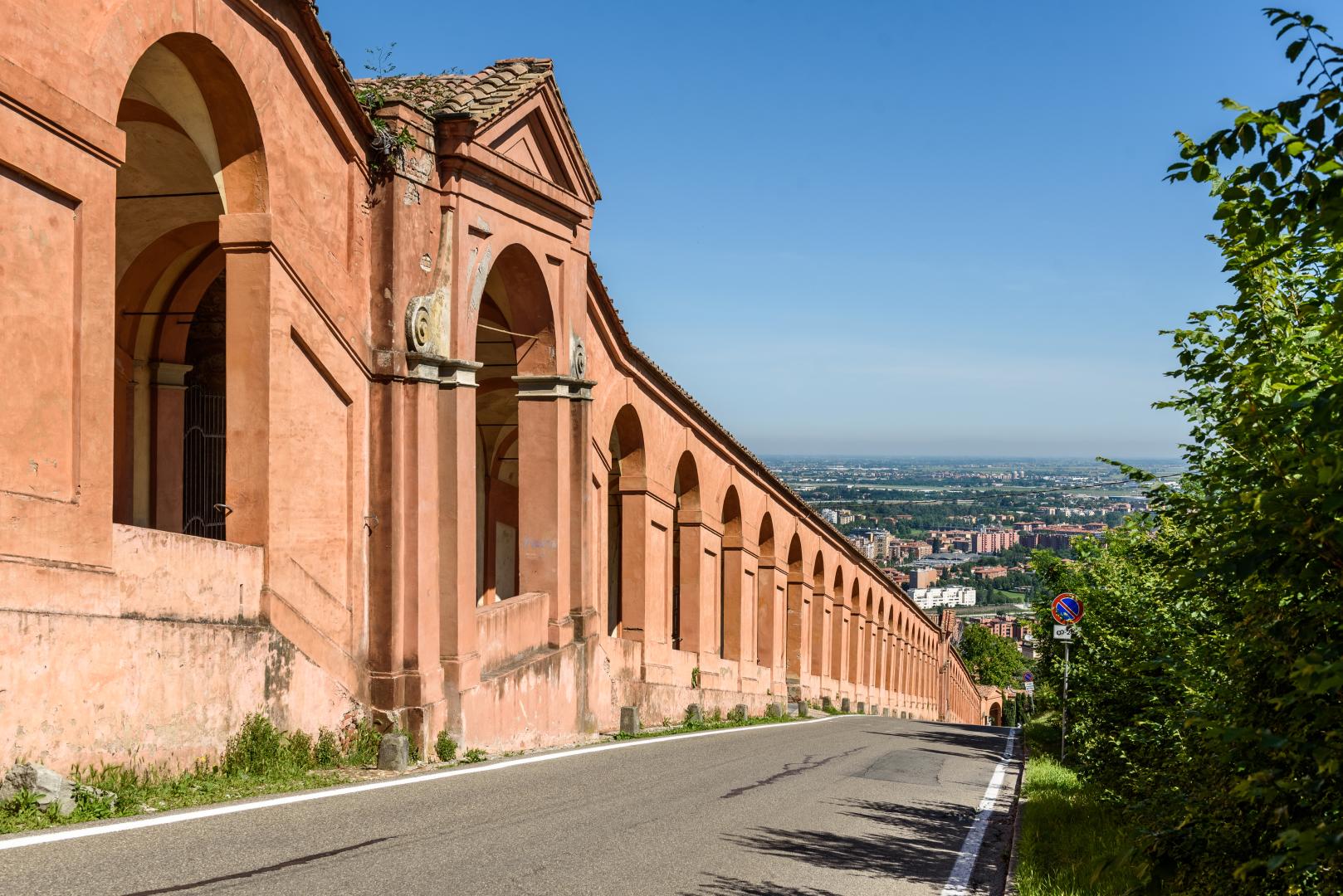Sources
A.M. Matteucci, Carlo Francesco Dotti e l’architettura bolognese del Settecento, Bologna, Alfa, 1968, passim
F. Ceccarelli, D. Pascale Guidotti Magnani, Il portico bolognese. Storia, architettura, città, Bologna, Bononia University Press, 2021, pp. 127-128
Carlo De Angelis, I portici di San Luca e della Certosa e porta Saragozza: un sistema costruito per la città e il territorio, in La Madonna di San Luca in Bologna. Otto secoli di storia, di arte e di fede, a cura di Mario Fanti e Giancarlo Roversi, Bologna, Cassa di Risparmio in Bologna, 1993, pp. 175-184
Guida al Portico di San Luca. Dal Meloncello al Santuario, a cura di Alessandra Cleri, Bologna, Editrice Compositori, 2008
Photo: Giorgio Bianchi

